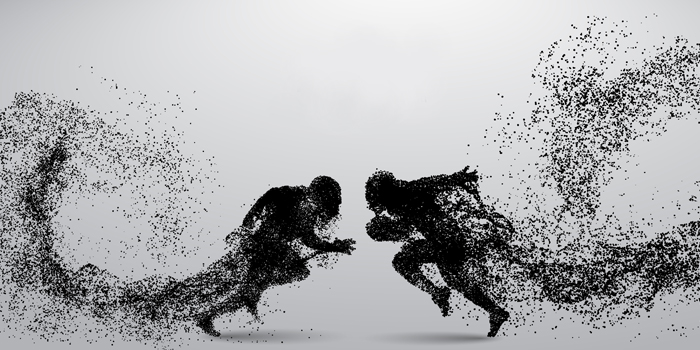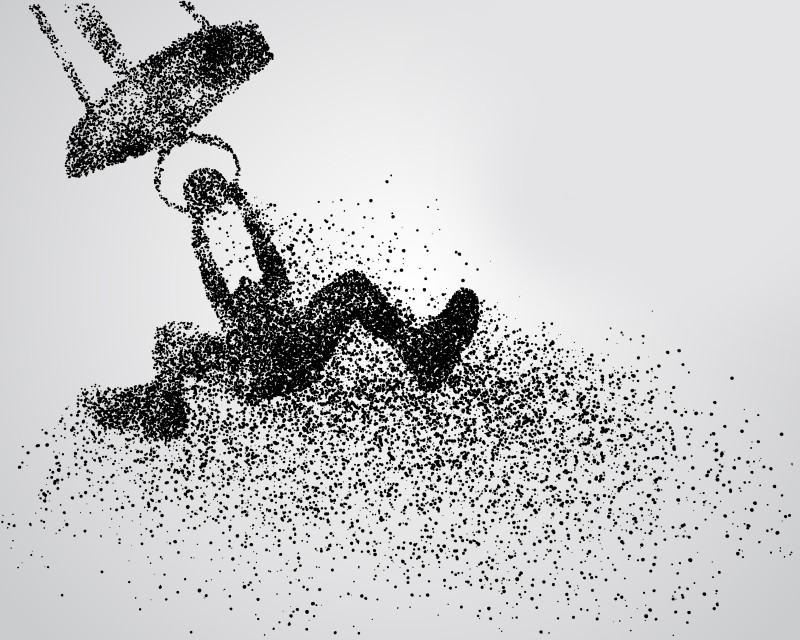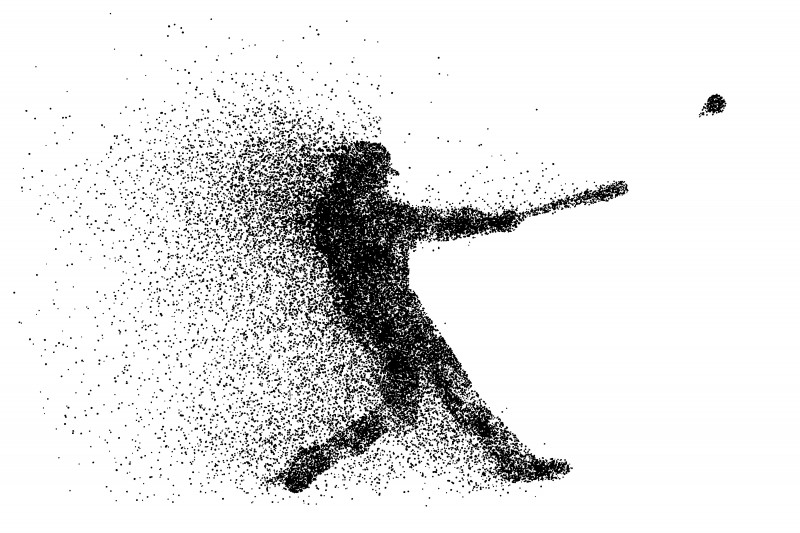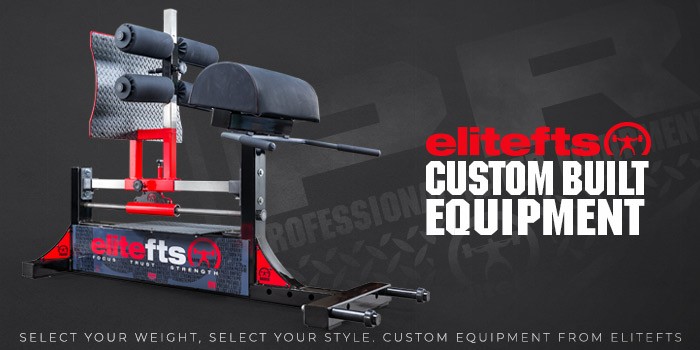
I received a question the other day regarding an athlete and his need to do either more strength work or more explosive work pertaining to his pitching mechanics and how fast he threw. His main concern was which area would best improve his velocity. I briefly touched on his question on Twitter, but I wanted to expand upon it and fully explain not only what qualities are involved in ballistic movements (I will explain what makes a movement ballistic briefly) but also how you can train these qualities and combine them to improve the overall output of your ballistic movement (whatever it may be). Essentially, force (strength), velocity and speed-strength (power) are the three main characteristics that are present in ballistic movements, and you can train all of them in the weight room!
What is a Ballistic Movement?
I want to help everyone to fully understand a ballistic movement. The following are some characteristics unique to ballistic movements.
- Very short periods of time that last for only a couple of seconds at most.
- Involve muscular contractions at peak velocities and with great acceleration in a short window of time.
- High firing rates.
- High force production.
Essentially, consider a ballistic movement one in which the muscles fire and contract at rapid and forceful rates to produce a movement that lasts only seconds. You can see ballistic movements in almost all sports. The following are great examples of ballistic movements:
- Throwing a pitch (baseball)
- Taking a swing (baseball)
- Throwing a punch (boxing)
- Taking a slap shot (hockey)
- Taking a jump shot (basketball)
- Tackling a runner (football)
- Throwing a football (football)
- Jumping for a dunk/layup (basketball)
Now that you know what ballistic movements involve, let us discuss the three components that are involved in producing/building them.
Producing Force (Strength)
The base of all movements involves force production rooted in strength. Simply put, how much energy can you apply to a stable surface or movement? Think of force as your horsepower (I will get to this with a car analogy in a bit). As we know, force is officially determined as a product of mass and acceleration. However, in this sense, we are simply going to think of force as overall strength. Think of a squat. The more force you can place into the ground (stable surface), the more weight you can lift.
Velocity
To describe velocity, I will use a basic example. The force-velocity profile of an athlete involves how much of his or her power output is a result of strength or is simply the reactiveness of his or her ligaments and tendons and how rapidly they move (stretch-shortening cycle). If you applied this thought to a vertical jump, a force-dependent athlete would achieve most of his or her vertical jump height via strength, or how much energy he or she could place into the ground. A velocity-dependent athlete would achieve a great deal of his or her jump height due to the reactiveness of the tendons and ligaments and how fast he or she could load and unload. This is a characteristic dependent upon speed with no resistance.
Speed-Strength (Power)
The way I like to think about power is that it is a measure of speed x strength. Basically, how fast can you display your strength? You are able to place a great deal of energy into the ground on a sprint, for example, but are you able to display that force over and over again as fast as possible without sacrificing the strength portion? Your tendons and ligaments are able to load and fire rapidly, but can they uphold these same qualities when a great deal of strength is involved to produce a tremendous amount of energy (force)? This phenomenon is known as the rate of force development. Usain Bolt is able to exert upwards of six times his bodyweight into the ground with any given stride. However, if that were the only quality involved in elite speed, there would be a long list of powerlifters with crazy squats giving him a literal run for his money. What also makes him blazing fast is not only his form (leg stiffness, vertical stiffness, etc.) but also that he can maintain his force-exerting ability while rapidly reproducing it over and over. Think of it in this way: he can place a great deal of energy into the ground with each stride, but he is also very adept at repeating that same cycle at an extremely fast rate.
The Car Analogy
To basically tie this all together, I want to give an example involving a car. You have seen it before. A car with 600 horsepower cannot go 0-60 mph as quickly as a car that has only 400 horsepower can. One may have more raw force–producing ability, but the other is better at displaying less force faster and thus is faster overall. Consider all of the qualities we have gone over above in this manner:
- Force is the horsepower in your engine. Think of a horsepower-dependent athlete as that Dodge Challenger with 800 horsepower. An engine that is gifted with raw energy–producing ability but that may lack the ability to display it quickly.
- Think of velocity as a vehicle that can spin and fire its wheels rapidly but lacks overall energy behind it to actually make it move. It fires at a crazy high and fast rate, but there isn’t much behind it.
- Speed-Strength, also known as power, is the ability to combine a strong engine (strength base) with an uncanny acceleration ability. Neither attribute suffers when it is paired with the other. This car is the fastest in 0-60 mph because it can take that raw energy and accelerate it in an extremely rapid manner over and over again.
How Can You Train These Qualities?
This part is the most cut and dry and plain and simple portion of this article. You now have a good understanding of each of the qualities that come together to produce power movements, but you need to know how you can work at improving them in a general capacity (weight room/strength and speed training) setting. Here is a breakdown of each quality and how you can best train each:
Strength (Force)
The best way to train strength lies in low rep training focused on moving loads upwards of 85% of your one-rep max (1RM) to your max itself. Your goal is to condition and expose your central nervous system (CNS) to higher loads and to improve your ability to place energy into stable surfaces and general movements.
Velocity
In terms of velocity, you should look to perform exercises that are not resisted and focus purely on conditioning your tendons and ligaments to fire (stretch-shortening cycle) as rapidly as possible. This can include but is not limited to:
- Max-effort sprints
- Vertical jumps
- Broad jumps
- Bounds (repeated jumps with a focus on a fast and smooth transition between each)
- Jumps with a countermovement (again, how fast can you transition ground energy into your output?)
Speed-Strength (Power)
To develop true speed-strength and a rate of force production, you want to apply resistance to speed movements to emphasize fast movements with great force outputs. For example, a resisted sprint will force the athlete to exert force (strength), while also aiming to reproduce that strength and force as rapidly as possible. Other examples include:
- Resisted jumps
- Prowler (sled) pushes
- Medicine ball throws
- Speed barbell work (use lower percentages of your 1RM (55-70%) and try and move them as fast as possible)
Now that you understand these qualities and how you can improve them, it is fairly easy to see that you need an even balance proficiency in all of these to improve your overall output in ballistic movements. Now, go get to work!
Gerry DeFilippo is the owner and founder of Challenger Strength in Wayne, NJ. He is also a strength coach for the USPHL New Jersey Hitmen, a strength and speed specialist, and a certified physical preparation specialist certified by Joe DeFranco and Jim Smith. He works with multi-level athletes in a variety of sports helping enhance on-field performance and injury preventions via strength, speed, and mobilization-based programming. Stop by one of his two locations in Wayne, New Jersey.
Image credit: Evgenii Matrosov © 123rf.com













1 Comment